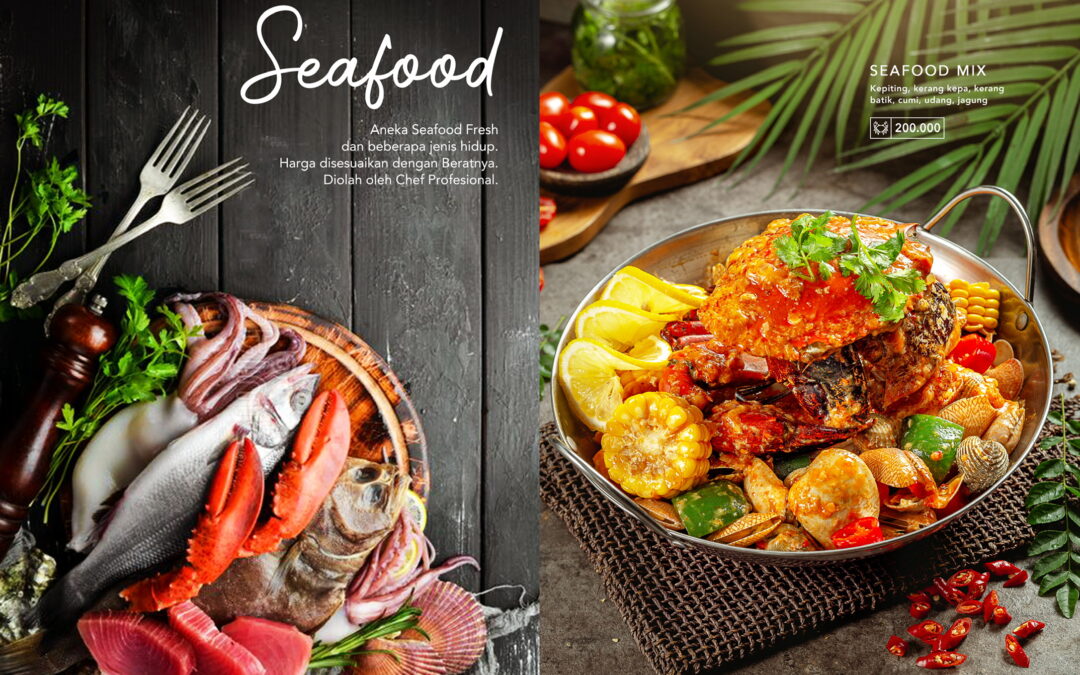Food menu photography has become another certain part of the industry. Photography cannot be generalized because each object has different areas that need to be exposed and hidden. So, in this article, we have a few tips you can follow to entice menu photos without spending on high-cost tools. All you need to do is to read this article thoroughly and thank us later.

1. Garnish the dish
Garnish is one of the tools you need to prepare. Garnishes can be accessories in your food photography for the menu. It is undoubtedly interesting if the food has garnish on it compared to food with no garnish at all. Feel free to experiment with the garnish. The menu should make people want to order the food in the first place.

2. Be realistic
Even though garnish is supposed to make the food looks nicer and it adds the wow point, as a food stylist and photographer, you need to stay realistic. The worst nightmare of a customer is getting served with foods that look nothing like the menu.
In case you add garnishes to your food on the menu, make sure you include them as well in the real world. It makes the food menu photography becomes something you have achieved.

3. Plan the lighting
Talking about photography, lighting is one of the essential things in the scene. Without proper lighting, you will not get a picture that suits your desire. The picture will also look dull and other unpleasant looks would show up as well. If possible, incorporate the natural light as optimum as possible. You may want to use a light blocker and bouncer that can be done by using black and white cards.

4. Choose the angle
When taking pictures, you need to know the best angle. No matter how tasty the serving looks, your menu needs an angle to expose the best thing. As we have mentioned earlier, the goal is to make customers want to eat based on the menu. Other than that, angles allow you to play with the lighting options as well.

5. Post-production
Making a great piece of art may require you to work with the post-production stuff as well. It will allow you to play with the fill, light, shadow, and so on. Sometimes you may not be able to capture the best lighting. In post-production, you can make it works. An excellent result in food menu photography is the combination of input and output.

